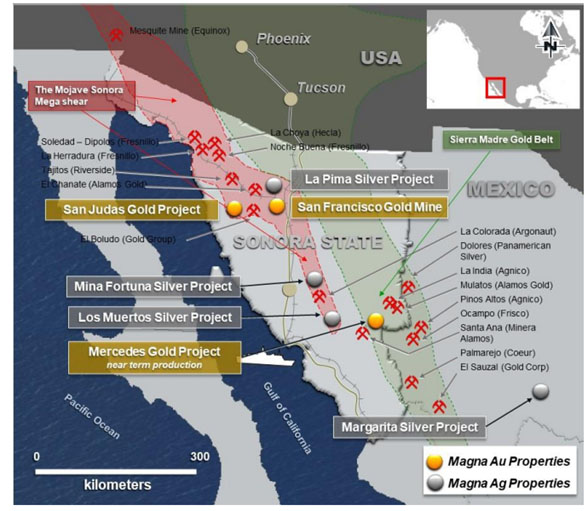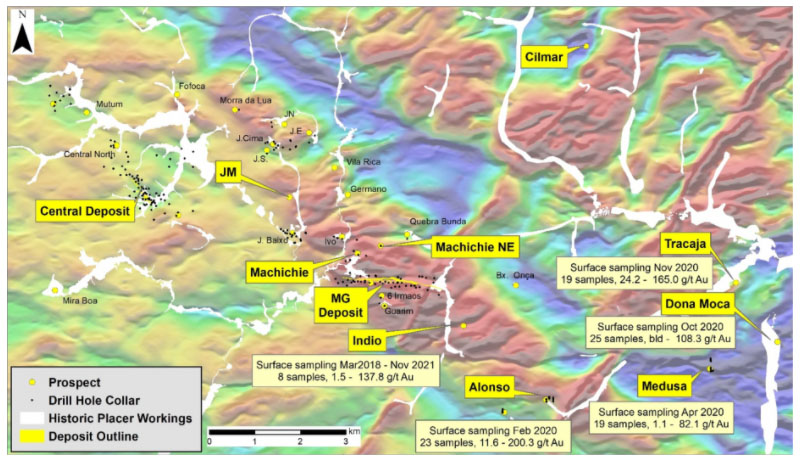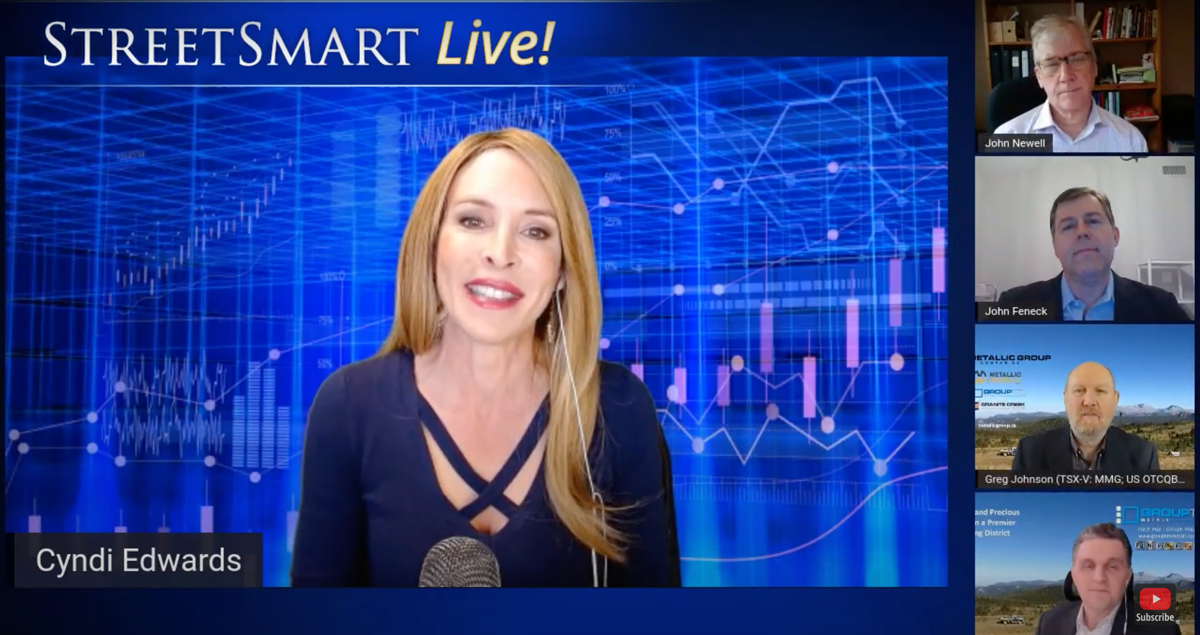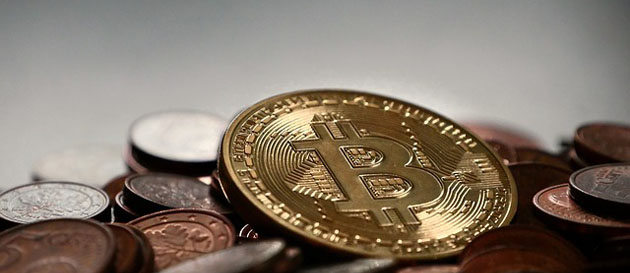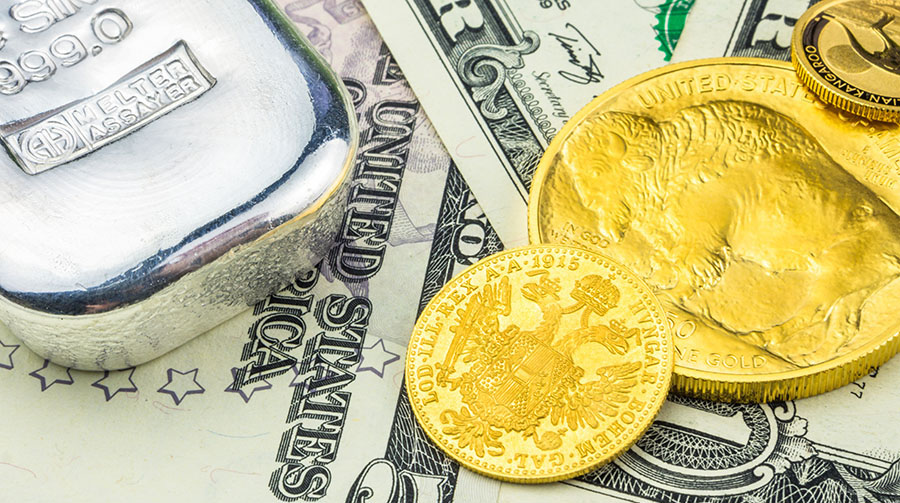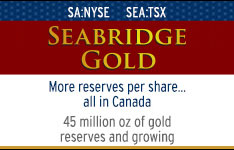Are we now certain to see a default by the U.S. government?
If so, just what will that mean to precious metals?
The Overall Consequences
Bear in mind that the U.S. is not the hub of the global gold market. In fact, in terms of jewelry, bar and coin demand, the entire North America is only responsible for 8% of global demand. Europe and Russia is responsible for another 13%. In other words, these markets are not driven by the financial affairs of the developed world.
The developed world is responsible for the provision of the distribution networks and the markets of the gold world. Physical supplies primarily come into London and bullion banks, sent from the refineries that refined gold and silver, which the mines supply. Then the bullion banks—mainly through the London gold Fixing—supply investors, manufacturers, industry and central banks with the gold they want.
The developed world also provides the speculators and traders who are constantly dealing either in gold itself, shares of gold Exchange Traded Funds, or in the financial derivatives that can influence the gold price.
It is the global speculators and investors that have the most dramatic affect on the prices, but their effect is primarily short- to medium-term. The daily pressures these professional have on the market have a similar effect as the immediate waves do at the seashore. There is a constant ebb-and-flow of prices, because a price rarely, if ever, goes straight up. Where there are seasonal flows of demand and supply these have the same impact as the daily tidal changes on the sea shore. But the most dominant price pressures come from forces similar to the currents in the sea. A look at a long-term price chart shows the sum total of all these pressures on prices. In both the silver and gold markets, these flows are far more complex than a simple commodity.
 For instance, the effect of the debt ceiling impasse had on the gold and silver price today had nothing to do with the gold or silver fundamentals, but on the threat to financial stability and the U.S. dollar. Precious metals act as a counter to the main cash and currency markets; therefore, we have to take a look at the sum total of the influences on the gold and silver prices, not just the short-term speculative ones. These are simple and clear—gold and silver prices have been reflecting the uncertainty and instability of the currency worlds and the undermining of the value of paper currencies.
For instance, the effect of the debt ceiling impasse had on the gold and silver price today had nothing to do with the gold or silver fundamentals, but on the threat to financial stability and the U.S. dollar. Precious metals act as a counter to the main cash and currency markets; therefore, we have to take a look at the sum total of the influences on the gold and silver prices, not just the short-term speculative ones. These are simple and clear—gold and silver prices have been reflecting the uncertainty and instability of the currency worlds and the undermining of the value of paper currencies.In the Far East there has never been that kind of trust in paper money systems. In the developed world there has been absolute trust in paper money systems; however, this century we have witnessed a decline in this trust, which accelerated from the first point of impact of the credit crunch. This decline has widened and deepened since then, as it progressed from the banking system across to European sovereign debt problems and now is a victim of political ploys in the U.S. The most disturbing aspect of this degeneration is that the problems have not been rectified properly, leaving national economies wallowing in or close to stagflation. With the buying power of currencies waning in the hands of people who cannot do anything about raising their incomes, the loss of confidence is moving towards desperation. With no sight of political or monetary reform, the instability and uncertainty we are witnessing is becoming deeply entrenched.
It is strange that the least sophisticated parts of the world have the greatest appreciation of the value of precious metals. It is also strange that the most sophisticated sides of the world are taking so long to recognize the dangers facing the present monetary system. We are caught up in what is a "normal" money system that we deny the dangers because they threaten our "normality."
Aren't we capable enough to put matters right when necessary?
So why are they getting worse?
Against this backdrop, we can now see that the main impact of a default by the U.S. would be a further fracture in the developed world monetary system, pressuring investors to seek alternatives over the long term. This damage will not be repairable.
- One of these long-term consequences will be the acceleration of the internationalization of the Chinese Yuan, so that China reduces its vulnerability to the undermining of the dollar, internationally.
- Another consequence will be the long-term diversification of national assets out of the U.S. dollar to incorporate a broad spectrum of other currencies and government bonds.
- Stagflation or worse will be another global consequence.
- Over time there may be a far greater fragmentation of the global economy, leading at worse to Protectionism and Exchange Controls.
The Specific Consequences
By specific we mean immediate to medium (up to 1 year) consequences. With the Eurozone crisis so fresh in our minds, the consequences seen there can act as our guide. The main difference is that instead of member nations being the problem, the equivalent of the Eurozone itself is the indecisive problem—the U.S. government itself. The consequences that flow out from the U.S. become more dramatic for that reason.
- A significant weakening of the U.S. dollar is the first hard blow to be felt globally.
- The second is the impact on the currency world, in total, as currencies whose economies cannot afford to see their currencies strengthen further take action to weaken them. Take the yen, for instance. Earlier this year, the Bank of Japan intervened to weaken the yen as its economy reeled from the tragedies that struck it and the diminution of international trade because of the strength of the yen. The Swiss Franc is in the same boat. Previously it also acted to weaken its currency to support local exports; however, each nation favors one or the other major blocs (Europe or the U.S.) and so manages its currency against that major currency. For instance you will see the South African Rand move against the Euro and not the U.S. dollar. If the euro is strong then the Rand will be strong. Expect a solidifying of these relationships perhaps to the exclusion of others.
- The third impact is that interest rates will rise in the U.S. and weaken the bond (Treasury) markets. If this holds then we will see the next major financial crisis in the U.S. Treasury markets just as we saw it in the more dubious members of the Eurozone.
- Rising interest rates undermine equity markets, house prices and in turn the overall economy. With such low growth rates in the States already we would expect deflation to take hold.
- With energy and food inflation already high, add deflation to the formula and unemployment rates will rise alongside the weakening economy.
- Asset values will fall.
- The only assets that will rise inside the U.S. are those that act both as cash and assets, internationally, namely precious metals. With emerging nation's demand for precious metals already rising unstoppably, the addition of developed world safe-haven demand will keep precious metals rising to new levels as the world adjusts to an economic climate that is destructive to the developed world and at the same time will favor the developing world.
We are describing a global economic climate that the world has not seen before. In the past when such pressures have arisen they have led to wars. Today's pressures cannot be fought over. Where battles can occur is in the financial and economic areas of life. Such battles are called "Protectionism", "Currency Wars" and there are few winners in such wars. These wars lead to global fragmentation and distrust.
Internationally, precious metals will become the preferred reserve assets, not just an important one. Their prices will then relate more closely to the total volumes of each international currency in the world. As you can imagine, the prices of precious metals will then have to be higher than most people even thought possible. With the gold market being such a small one in volume terms, silver will then become a monetary metal too, at considerably higher prices.
Where Will Precious Metals Go and How Will They Behave?
For Subscribers Only
GoldForecaster.com
SilverForecaster.com
Legal Notice / Disclaimer
This document is not and should not be construed as an offer to sell or the solicitation of an offer to purchase or subscribe for any investment. Gold Forecaster - Global Watch / Julian D. W. Phillips / Peter Spina, have based this document on information obtained from sources it believes to be reliable but which it has not independently verified; Gold Forecaster - Global Watch / Julian D. W. Phillips / Peter Spina make no guarantee, representation or warranty and accepts no responsibility or liability as to its accuracy or completeness. Expressions of opinion are those of Gold Forecaster - Global Watch / Julian D. W. Phillips / Peter Spina only and are subject to change without notice. Gold Forecaster - Global Watch / Julian D. W. Phillips / Peter Spina assume no warranty, liability or guarantee for the current relevance, correctness or completeness of any information provided within this Report and will not be held liable for the consequence of reliance upon any opinion or statement contained herein or any omission. Furthermore, we assume no liability for any direct or indirect loss or damage or, in particular, for lost profit, which you may incur as a result of the use and existence of the information, provided within this Report


